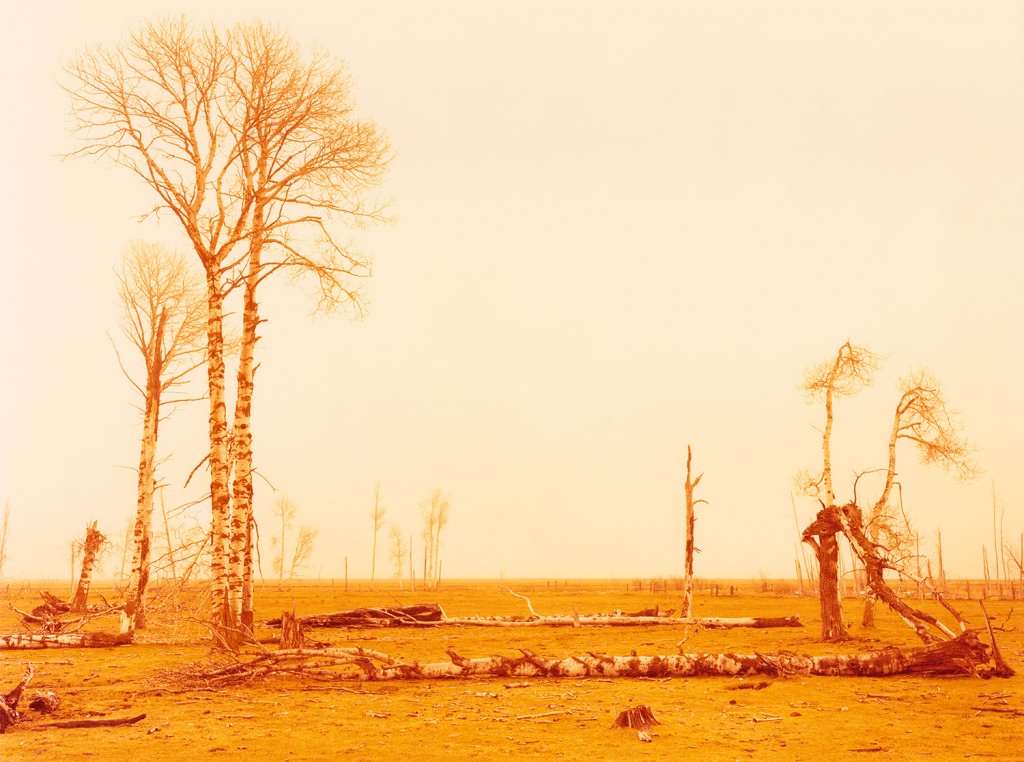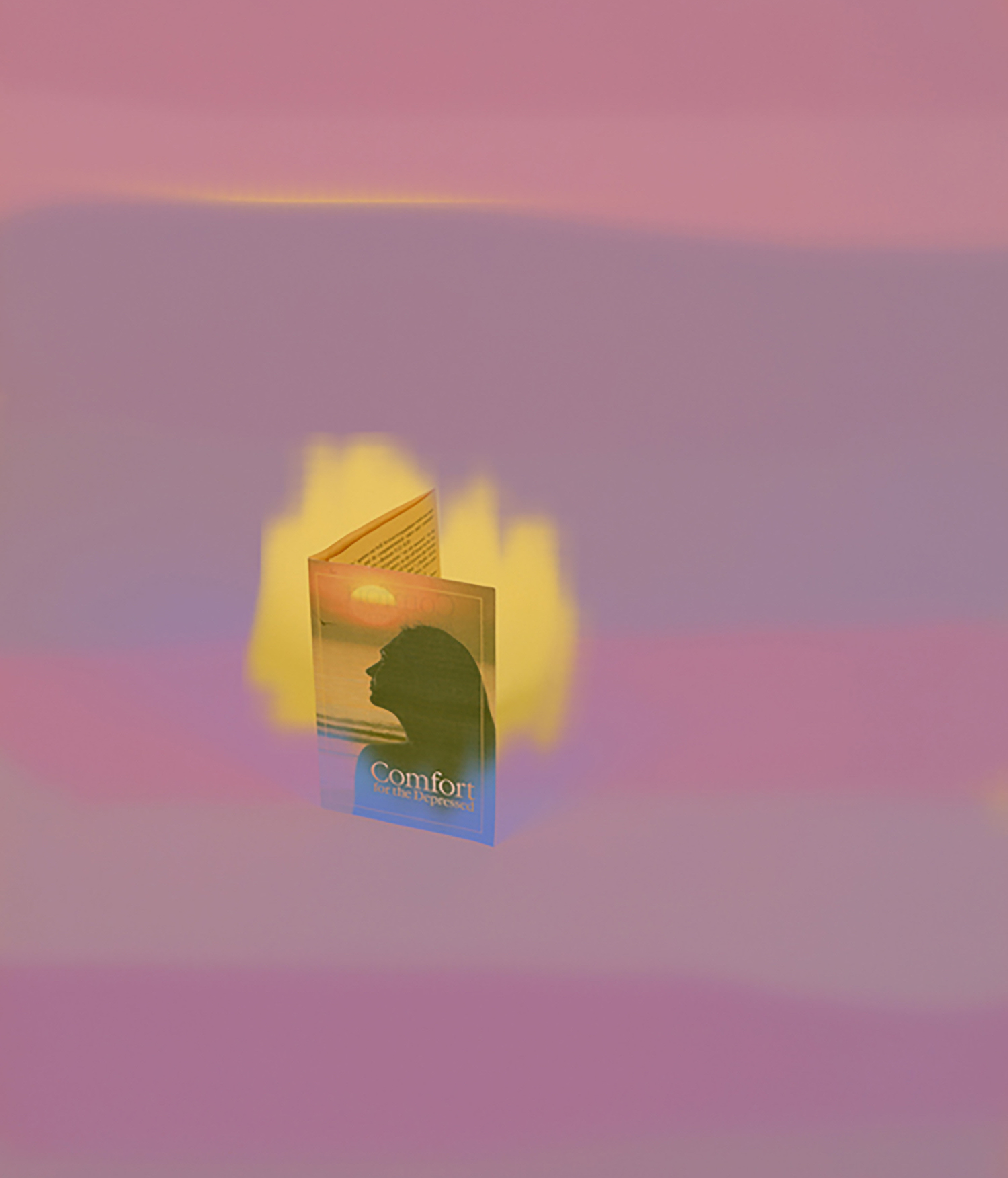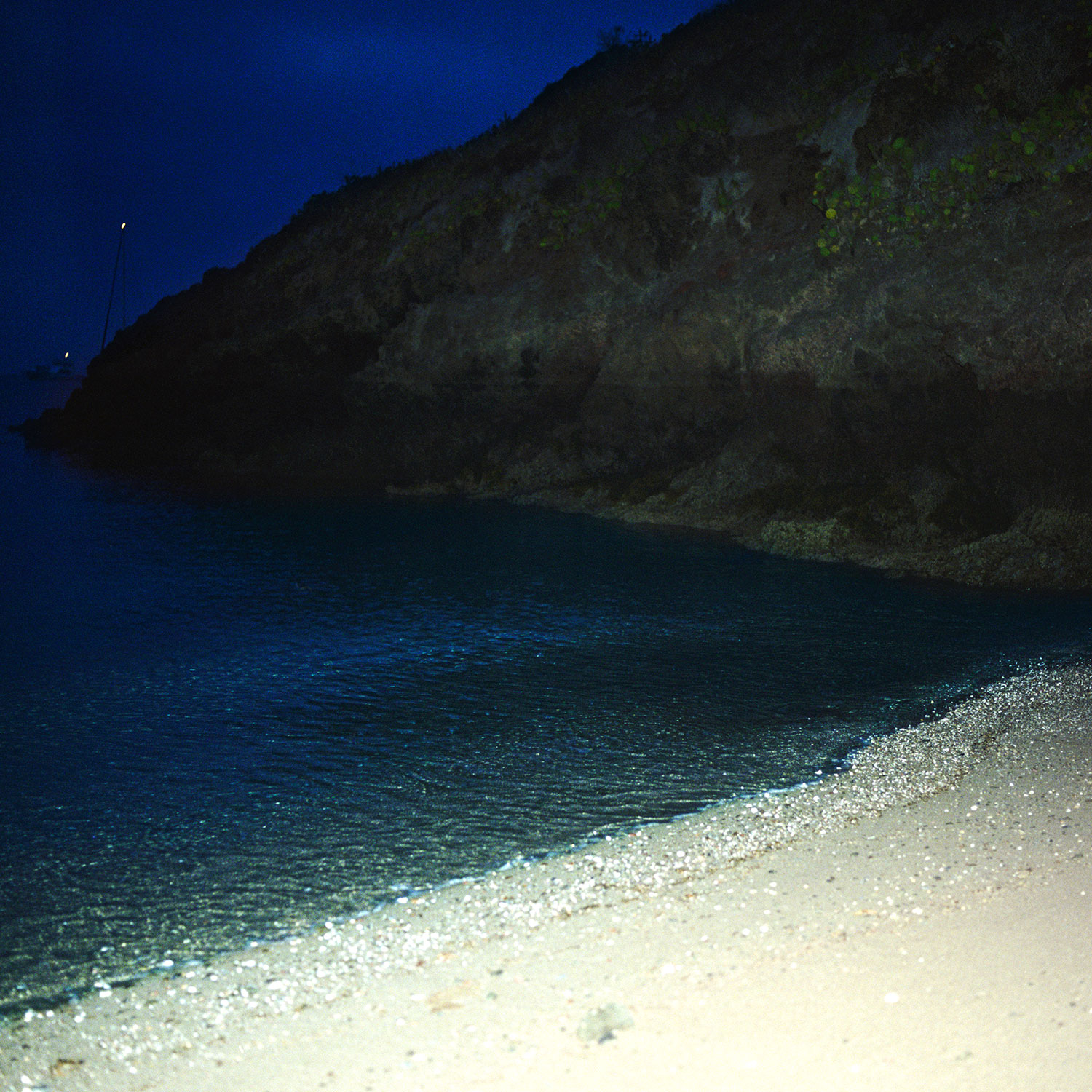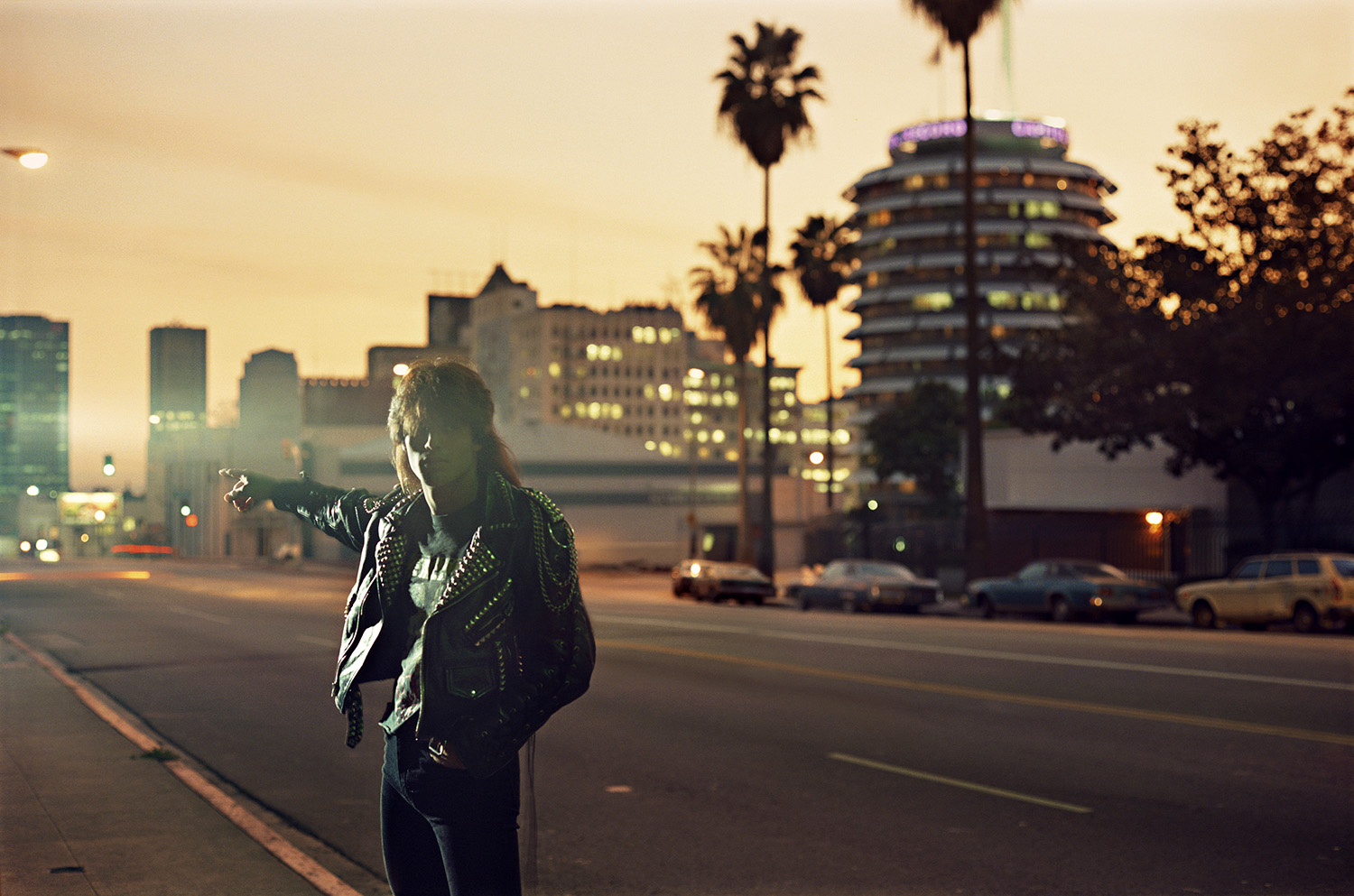
Courtesy of the Artist and OHWOW Gallery, Los Angeles.
Neville Wakefield has written fascinating texts on Californian artists such as Ed Ruscha and David Benjamin Sherry. He is also preparing a project that will, hopefully, take place in Death Valley. Therefore, his interest in the American West and the California Dream is very real. But for Wakefield, the concepts of the Dream and the West are very different things. As he puts it: “The West embodies this idea of frontier that has embraced American culture from cowboys to spacemen. It is something different from the California Dream, which seems to be based on a certain kind of relationship to lifestyle as much as it is to landscape, light and space, and the ideals of freedom they embody.”
Hence, the West and the Dream are two distinct ideas, two different cultures. Have these ideas evolved dramatically? It appears that what we’re seeing in California now is not necessarily being built upon the same foundation. Furthermore, a lot has been written about the way the Dream has been broken. “My interest is less in the California Dream and more in the American West,” adds Wakefield, “and the way that landscape and particularly unbounded space has come to embody certain ideas of freedom.”
Nonetheless, there are commonalities between the Dream and the West. The biggest commonality is the idea of spatial expansion. “It is about laying claim to new possibilities,” Neville says. “The West is clearly an idea as much as it is a place in America. It’s a state of mind.” But is it a state of mind fed by special geographic features and cultural myths?
Philippe Vergne is a French man who, in a way, has responded to the call of the West by agreeing to become director of MOCA Los Angeles. Vergne insists on the fact that there are different ways to approach the California Dream: the dream that Mike Kelley had when he came to California to go to school, to find space to make, think and dream. Or the dream that Virginia Dwan pursued when she empowered artists like Yves Klein and helped Michael Heizer explore the desert. Although Double Negative is in the Nevada desert, it nonetheless could not have happened without the fascination of the West. There is also the horizontal dream that is embodied in Ed Ruscha’s work. The dream of endless urban space that Ed Ruscha has been documenting and transcending in his work since the 1960s. “There is not only one dream, but there is a fabric of dreams. They are extremely tangled together,” Philippe tells us. Were these artists just looking for room, or did the appeal of the desert play a role as well?
In his book City of Quartz, Mike Davis mentions the “Museum Archipelago.” Were the museums like islands in a metaphorical desert? If institutions are really rooted in reality, museums are places of artifacts and artifice. “The California Dream is a brand that is very good for tourism,” adds the new MOCA Director.
Interestingly, the former Dia director used to work at the Walker Art Center — a museum in the middle of a frozen plain in Minnesota, another type of desert. The Walker and the Pasadena Art Center together organized the first retrospective of Marcel Duchamp. “When you live in the desert, California, or in a plain in Minnesota, and you bring Marcel Duchamp… it’s not a dream, it’s a desire. The desire to change something in your city or the context you live in.” Thus the desert could be a metaphorical desert; and the dream could be to create a system of irrigation, “a metaphorical irrigation that would bring the world to your place.”
A desire that transcends geography, sparkles on the sand dunes and gives birth to a constellation of dreams. As Neville puts it: “The [California] Dream is a mirage that has come out of the American West. I don’t think the Dream would be the Dream without the West. What gives birth to this dreamscape and what one sees butted up against each other — particularly in California — is basically a very simple opposition between abstraction and configuration, a dialogue that has been going on throughout the history of art. This has been made manifest within the physicality of California.”



